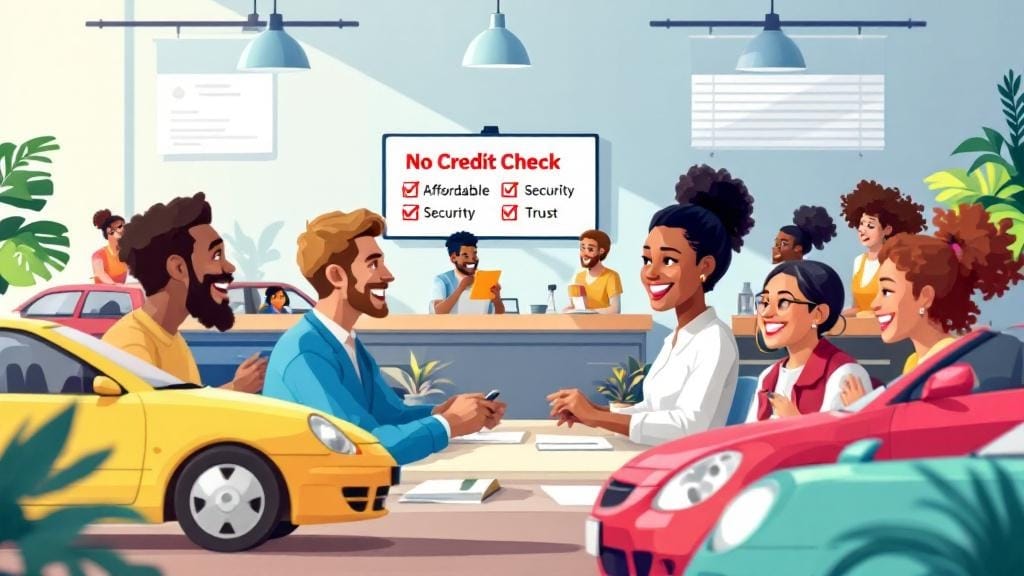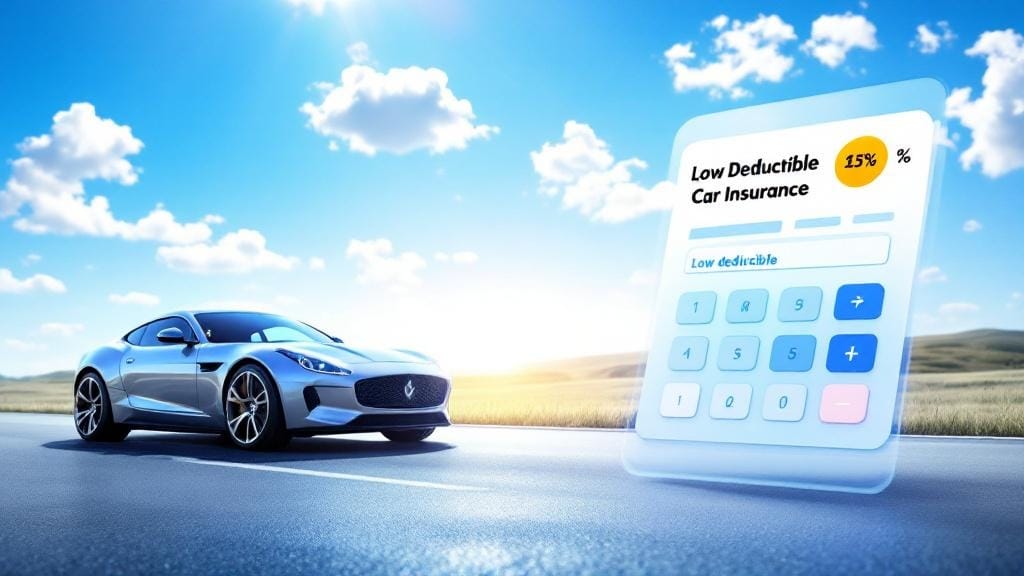Getting out of debt might feel overwhelming—but with the right debt repayment strategies, you can build a plan that works for your lifestyle, income, and financial goals. Whether you’re struggling with credit cards, student loans, or mortgages, the key is understanding your options and taking action step-by-step.
In this guide, we’ll explore the best ways to pay off debt, show you how to create a personalized monthly repayment schedule, and help you avoid common pitfalls like the minimum payment trap. You’ll also learn about debt payoff strategies like the snowball and avalanche methods, and how tools like a debt reduction calculator can speed up your journey to financial freedom.
Why You Need a Debt Repayment Strategy
It’s one thing to want to get out of debt—and another to have a clear, actionable plan. Without a strategy, you may:
Pay unnecessary interest
Fall into cycles of minimum payments
Miss opportunities to reduce your debt faster
A debt repayment strategy not only gives you direction—it gives you confidence and control over your finances.
Step 1: Assess Your Total Debt
Before you can create a repayment plan, gather a complete list of your debts:
Credit cards
Student loans
Home loans or mortgages
Personal loans
Medical bills
Car loans
Make a simple spreadsheet or use a free debt-tracking app. Include the following for each debt:
Total balance
Minimum monthly payment
Interest rate
Payment due date
This is your debt snapshot, and it forms the foundation of your entire plan.
Step 2: Understand the Types of Debt You Owe
Different kinds of debt behave differently. For example:
Credit card debt often has high-interest rates (20%+), making it expensive to carry.
Student loans may have lower rates and deferment options.
Home loans have longer repayment timelines but build equity.
👉 Effective debt repayment plans consider not just what you owe, but what costs you the most over time.
Step 3: Choose a Debt Repayment Strategy That Fits You
There are two main debt payoff strategies:
🔹 Debt Snowball Method
Start with your smallest debt (regardless of interest rate).
Pay as much as possible on that one while making minimum payments on others.
Once paid off, roll that payment into the next smallest debt.
Builds momentum and motivation.
Best for: People who need quick psychological wins.
🔹 Debt Avalanche Method
Focus on the debt with the highest interest rate first.
Make extra payments toward that while keeping up minimums elsewhere.
Saves more money in interest over time.
Best for: People motivated by mathematical savings.
| Comparison | Debt Snowball | Debt Avalanche |
|---|---|---|
| Focus | Smallest debt first | Highest interest debt first |
| Motivation | Quick wins | Long-term savings |
| Time to payoff | Moderate | Potentially faster |
| Interest savings | Lower | Higher |
Step 4: Build Your Monthly Repayment Schedule
Now, plug your chosen strategy into a monthly repayment schedule. Include:
Due dates
Minimum payments
Extra payment targets
Timeline goals (e.g., “Pay off credit cards by March 2026”)
This turns a vague idea into a realistic action plan.
You can use a debt reduction calculator online to model different scenarios and see how small changes affect your repayment timeline.
Step 5: Consider Loan Consolidation Options
If you’re juggling multiple high-interest debts, loan consolidation may simplify your plan.
Options include:
Balance transfer credit cards (0% APR for 12–21 months)
Personal debt consolidation loans
Home equity loans or HELOCs
✅ Pros:
One monthly payment
Lower interest (potentially)
Better tracking
❌ Cons:
Upfront fees
Longer loan term may increase total cost
Requires good credit
Tip: Always read the fine print—some “no-interest” offers have deferred interest, which can backfire if not paid off in time.
Step 6: Watch Out for the Minimum Payment Trap
Making only minimum payments on credit cards and loans can drag debt out for years and cost thousands in interest.
Example:
$5,000 credit card at 19.99% APR
Minimum payment: $100/month
Total time to repay: Over 10 years
Total interest paid: Over $6,000
🚫 Avoid this trap by paying at least double the minimum, or more when possible.
Step 7: Set Up an Emergency Fund
Unexpected costs (medical bills, job loss, car repairs) can throw off even the best financial planning for debt.
Before you aggressively repay debt, build a starter emergency fund of ₹25,000–₹50,000 ($300–$700) depending on your lifestyle.
This protects you from needing more debt when life happens.
Step 8: Track Your Progress and Celebrate Wins
Use budgeting apps, spreadsheets, or journals to track:
Debt balances monthly
Total interest saved
Payments made beyond minimums
🎉 Celebrate key milestones:
First debt paid off
50% total debt cleared
Hitting your emergency fund goal
These emotional victories will keep you going.
Personal Debt Repayment Tips
Automate your payments to never miss a due date
Cut non-essential spending and redirect to debt
Use windfalls (bonuses, tax refunds) to pay lump sums
Cancel unused subscriptions
Review your plan quarterly and adjust if needed
Credit Card, Student Loan & Home Loan Strategies
Credit Card Debt Repayment Strategies
Use balance transfer cards with 0% APR
Prioritize highest APR cards first
Avoid adding new purchases to cards being paid off
Student Loan Repayment Strategies
Consider income-driven repayment if eligible
Refinance for lower interest if you qualify
Target private loans with high interest before federal loans
Home Loan Repayment Plans
Make bi-weekly payments instead of monthly
Refinance to a lower rate (if beneficial)
Add a small amount to each payment toward principal
FAQs About Debt Repayment Strategies
1. What are the best ways to pay off debt fast?
Use the avalanche method for quick interest savings, or snowball method for psychological motivation. Consolidating high-interest debts and using a strict budget also helps.
2. How do I create a monthly repayment schedule?
List all debts, choose a repayment method (snowball or avalanche), and assign due dates and payment amounts to a calendar. Use apps or spreadsheets to keep track.
3. Should I pay off debt or build an emergency fund first?
Start with a small emergency fund (₹25,000–₹50,000), then focus on debt repayment. Having a cushion prevents you from using credit in a crisis.
4. Can loan consolidation improve my credit score?
Yes—by reducing your credit utilization ratio and making consistent payments, your score can improve over time. But closing old cards may slightly lower your score temporarily.
5. How does interest rate management affect repayment?
Focusing on high-interest debt first helps you save money. Consider refinancing or negotiating lower interest rates with creditors.
6. What’s the danger of the minimum payment trap?
It keeps you in debt for years, and you’ll pay significantly more in interest. Always aim to pay more than the minimum.
7. How does debt affect your credit score?
High balances and late payments hurt your score. Consistent repayments, lower utilization, and varied credit types can improve it over time.
Final Thoughts: Build Your Strategy, Own Your Future
Paying off debt doesn’t happen overnight, but with the right debt repayment strategies, you can take control of your financial future.
Whether you choose the snowball or avalanche method, consolidate your loans, or simply increase your monthly payments—what matters most is starting today. Every rupee you pay down is a step toward freedom, confidence, and peace of mind.








Comments (0)